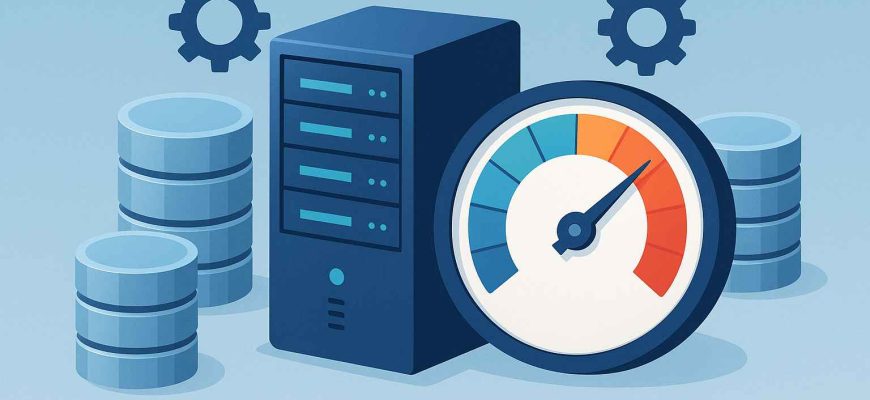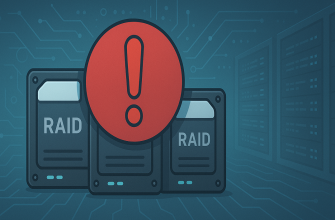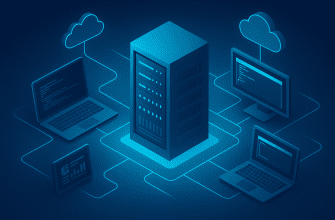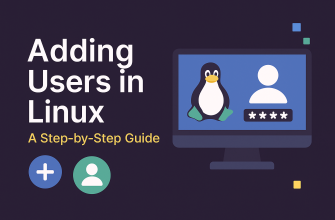Boost Your Server Speed: 7 Proven Optimization Techniques
When it comes to websites and applications, speed isn’t just a luxury — it’s survival. A slow server frustrates visitors, lowers search engine rankings, and can cost you sales. In the fast-moving digital world, users expect lightning-fast load times, and anything less can send them straight to your competitors.
The good news? You don’t need a million-dollar infrastructure to achieve peak performance. With the right strategies, you can turbo-charge your server’s speed and deliver the smooth experience your users crave.
Here are 7 proven optimization techniques that can make a measurable difference — starting today.
1. Upgrade to SSD Storage
Mechanical hard drives are relics of the past. Solid State Drives (SSDs) offer up to 20x faster data access speeds, which means faster page loads and improved responsiveness. Switching your server to SSDs is one of the simplest and most cost-effective upgrades you can make.
Pro Tip: NVMe SSDs take it even further, offering lower latency and higher throughput for data-intensive applications.
2. Enable Caching at Every Level
Caching stores frequently accessed data closer to the user, cutting down on processing time. From browser caching and CDN caching to server-side caching with tools like Redis or Memcached, the impact on speed can be dramatic.
Think of caching as your server’s memory trick — it doesn’t have to “rethink” every request.
3. Optimize Your Database
A bloated, unindexed database is like searching for a book in an unorganized library.
- Index key columns to speed up queries.
- Regularly clean up unused data.
- Use query optimization to avoid unnecessary loads.
Pro Tip: Switching to a more efficient engine like InnoDB (for MySQL) can improve both speed and stability.
4. Use a Content Delivery Network (CDN)
A CDN distributes your content across global edge servers, ensuring users download data from the nearest location. This reduces latency and speeds up loading times, especially for international audiences.
Popular choices include Cloudflare, Akamai, and Amazon CloudFront.
5. Keep Software & Firmware Updated
Old software is slow software. Updates often include performance patches, security fixes, and compatibility improvements.
- Update your OS regularly.
- Keep server control panels (like cPanel, Plesk) up to date.
- Upgrade to the latest PHP, Node.js, or other runtime versions for better performance.
6. Minimize HTTP Requests
Every image, script, or stylesheet adds another request to your server. Too many requests = slower load times.
- Combine CSS and JS files where possible.
- Use image sprites or modern formats like WebP.
- Eliminate unnecessary plugins and scripts.
7. Monitor Performance — and Act on the Data
Speed optimization isn’t a one-time job. Use tools like:
- GTmetrix
- Google PageSpeed Insights
- New Relic or Datadog for real-time server monitoring
By tracking server performance over time, you can spot bottlenecks before they hurt your business.
Final Thoughts
Your server’s speed can be the difference between a loyal customer and a lost visitor. By implementing these 7 proven techniques, you’ll not only boost performance but also improve SEO, conversion rates, and user satisfaction.









